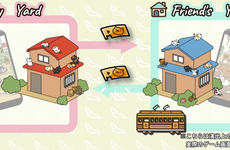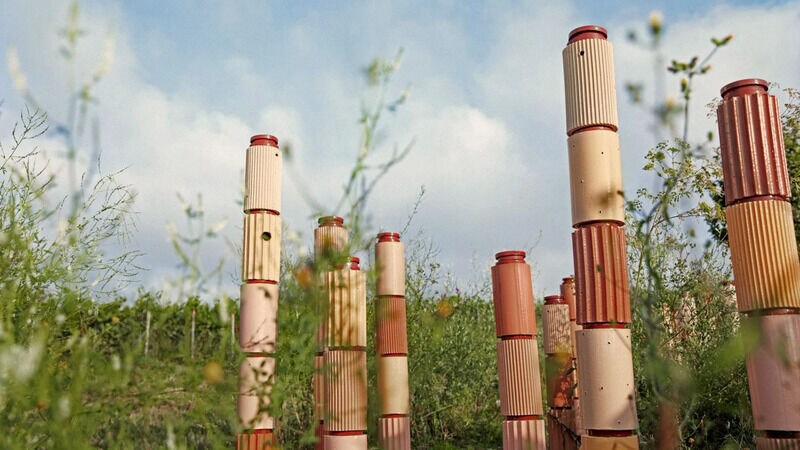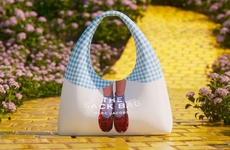
Formafantasma Creates the Biodiversity Island in Champagne
Amy Duong — September 25, 2024 — Art & Design
References: formafantasma & dezeen
Design firm Formafantasma has created the Biodiversity Island which is defined by its series of hollow pillars made from terracotta to create shelter for birds and insects. It surrounds the garden nestled in a vineyard in Champagne, France. There are 74 pillars that are created at various heights throughout the space.
The co-founder of Formafantasma, Simone Farresin shares with Dezeen, "The Biodiversity Island is a plot of land where we introduced specific kinds of vegetation to help the insects and the animals living in the area that inevitably struggle because everything is cultivated. [It is] a little hub for insects to thrive, and also a place where scientists are monitoring what is happening in the regenerative fields that are cultivated here."
Image Credit: Perrier-Jouët
The co-founder of Formafantasma, Simone Farresin shares with Dezeen, "The Biodiversity Island is a plot of land where we introduced specific kinds of vegetation to help the insects and the animals living in the area that inevitably struggle because everything is cultivated. [It is] a little hub for insects to thrive, and also a place where scientists are monitoring what is happening in the regenerative fields that are cultivated here."
Image Credit: Perrier-Jouët
Trend Themes
1. Sustainable Architecture - The use of hollow terracotta pillars exemplifies a fusion of traditional materials with modern ecological design to enhance biodiversity.
2. Biodiversity Hubs - Creating sanctuaries like the Biodiversity Island within cultivated lands offers a model for incorporating environmental conservation into agricultural practices.
3. Insect-driven Ecosystems - Structures designed to support insect populations promote the importance of these creatures in maintaining ecological balance within diverse habitats.
Industry Implications
1. Agriculture - Integrating biodiversity-friendly practices within vineyards and other cultivated lands can transform traditional farming into more ecologically sustainable systems.
2. Construction - Adopting materials like terracotta in modern structures supports environmentally conscious building methodologies that contribute to local ecosystems.
3. Environmental Monitoring - Projects such as the Biodiversity Island highlight the growing need for scientific observation and documentation in regenerative field practices.
5
Score
Popularity
Activity
Freshness
























